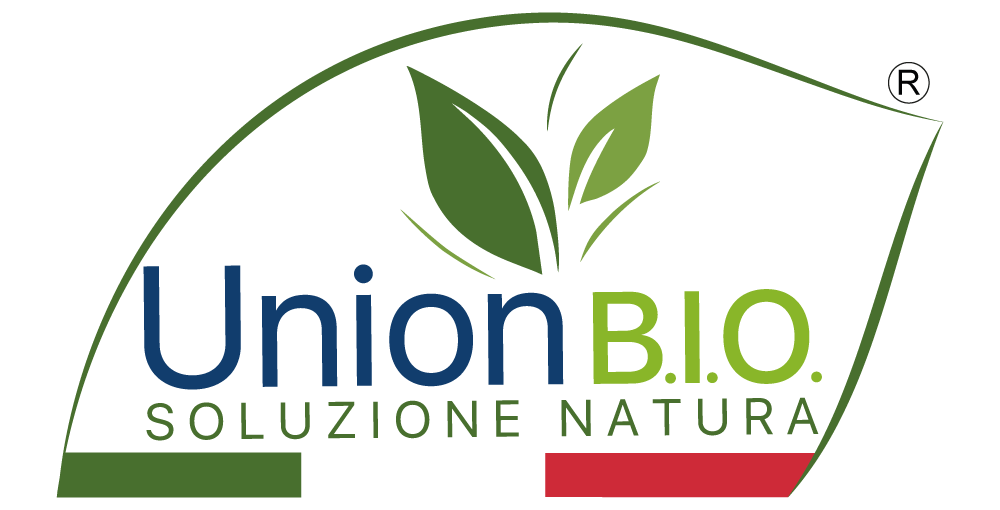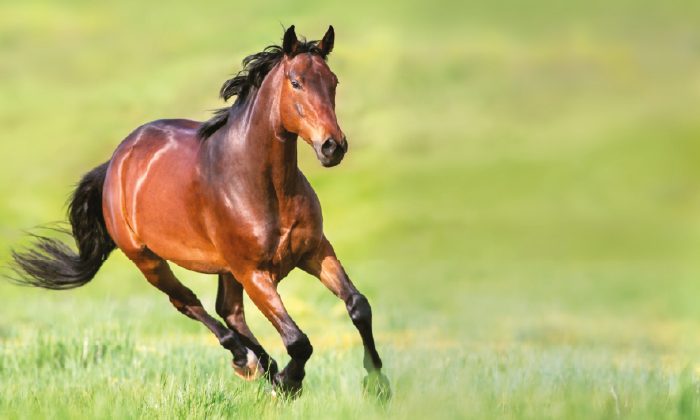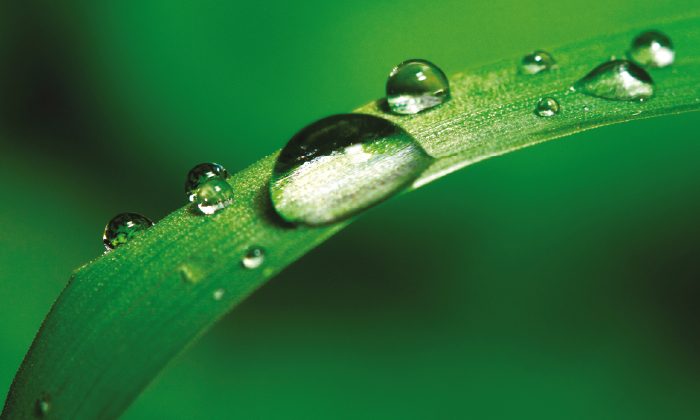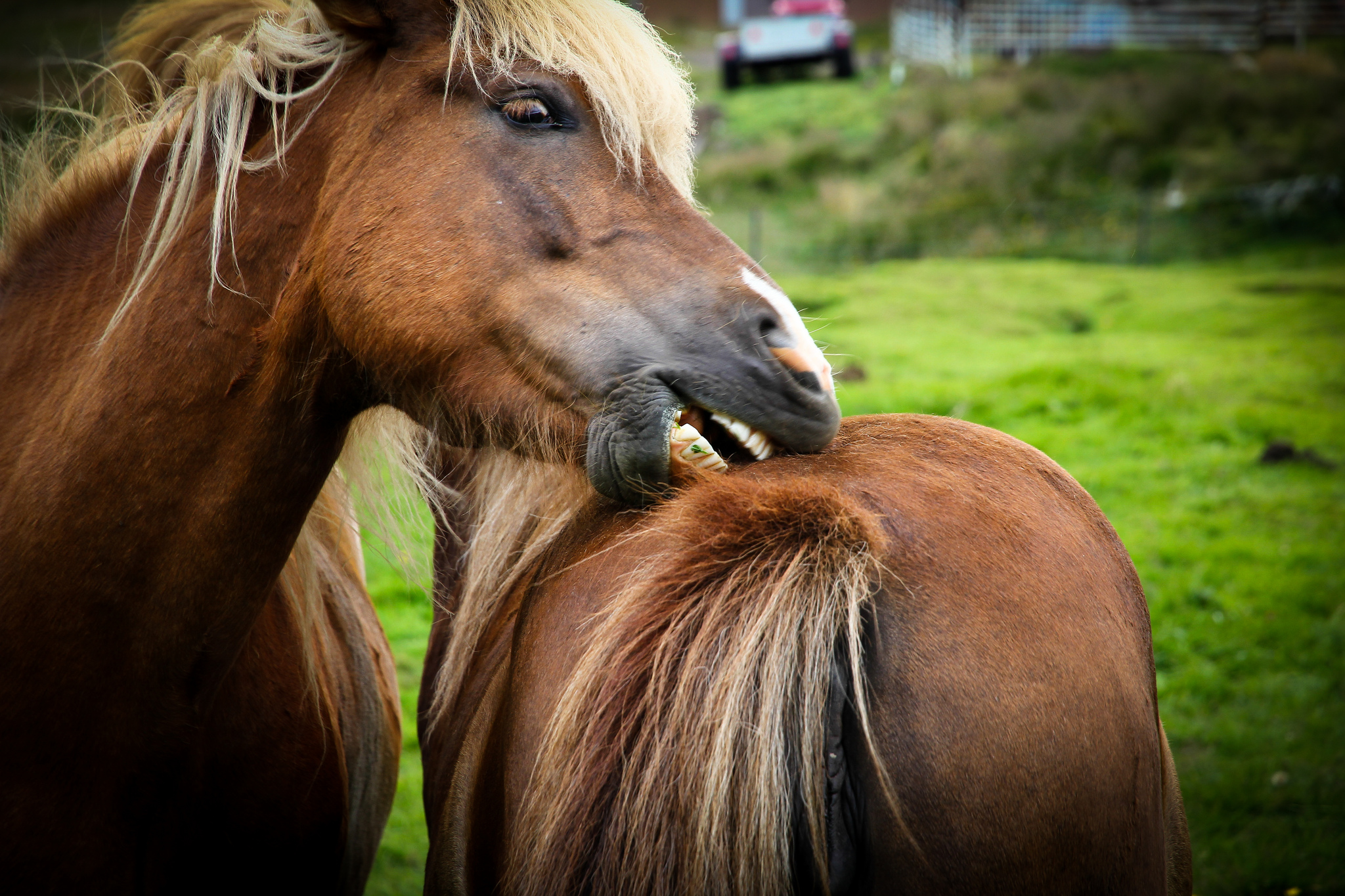Everyone who owns a horse riding will surely have had to face the treatment of a wound on the skin of your animal.
How many have left their horse with the skin perfectly intact in the paddock or in the box and then find it with some injuries? How many, after work, have noticed small grazes?
Le horse wounds, a bit like all wounds in general, can be classified into:
- Less serious and superficial wounds: such as grazes, abrasions and small skin lesions;
- More serious and deep wounds: such as deeper lacerations and / or wounds that require timely intervention by the veterinarian.

In our case, we focus on less serious injuries that require good management by the owner alone. These types of wounds are often caused by poor management and cleanliness; for example we talk about:
- saddle sores by harnesses;
- fissures: wounds mainly on the treads that have little tendency to repair because the skin in that area is continuously stimulated during movement.
Other times, however, it is the horse itself that causes injury in certain situations such as:
- Paddock;
- Transportation: the areas mainly affected are the tail, hamstrings and hips; sometimes even when getting on and off the van or trailer the horse can injure itself;
- shocks against small protrusions;
- Summer dermatitis: due to the itching, the horse can self provoke abrasions.
Finally, no less likely, they are also injuries while working. In its various sporting activities the horse can injure itself quite often.
In all cases of injury it is important first of all assess severity, then proceed to one good cleaning and disinfection.
It would be advisable to always have a small first aid kit with:
- Cotton roll;
- Sterile gauzes;
- Self-adhesive bandages;
- Disinfectant;
- Wound creams.
First you need to wash the wound with disinfectant soap, for example Betadine, especially in the case of limb injuries, to make sure of remove any dirt residue. In case of wounds on other areas of the body, if they are not very deep, even the use of a disinfectant applied directly on the affected part may suffice. Once the wound has been cleaned and disinfected, it is necessary to proceed toapplying a cream, better if disinfectant and healing. It is important that the ointment favors the scarring without crusting that slow down the healing process. The timely use of these creams especially on the limbs reduces the tendency for keloid or exuberant scar formation. During the spring-summer period it is useful to use anti-fly products on the whole body especially near the wounds.
In this regard, UNION BIO proposes the use of various natural products such as:
SKINCUT: skin cream, adjuvant in restoring skin structure and elasticity, with Hyperium with healing properties and Citronella
EQUIPROTECT: fat-based preparation adjuvant in case of dry dermatoses such as fissures, chaps and flecks
EQUIPPROTECT PLUS: exploits the additional action of zinc oxide to assist the skin regeneration process in case of sores and irritation
EQUINOFLY SOFT: gel preparation with natural protection effect especially for delicate areas
Veterinary surgeon Dr. Alessandra Palomba
Photo: .christoph.g.Alessandra Palomba



















